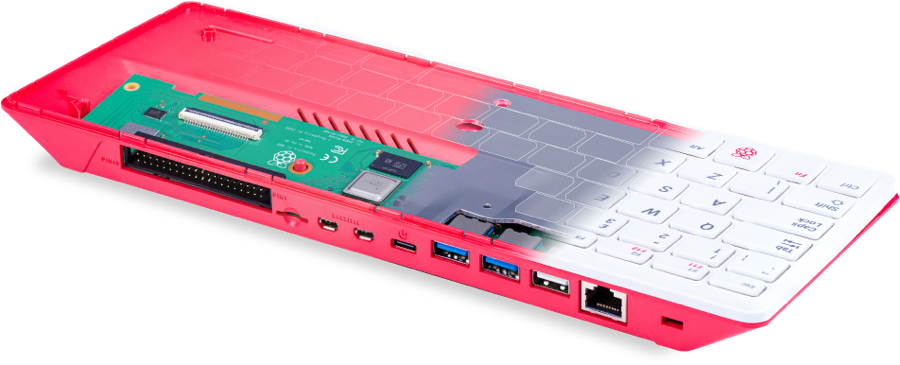What to do for education with 50M dollars?
Recently I saw the new Raspberry Pi 400 personal computer and wondered how could be used in education.
The package sells for 70$ and is basically an 1.8GHz Cortex processor with 4GB RAM running Linux. Adding a 32GB MicroSD card and a cheap 80$ monitor, we could have a desktop computer for 160$. This could be compared with the 150$ (10”, 3GB ram, 32GB disk) tablets given by the Romanian government to every student.
I propose donating one Raspberry Pi computer to every student starting middle-school. Such an initiative would provide a powerful boost to the level of much needed computer literacy. Preferably, this should be a governmental project, tightly integrated with the national curriculum. A better solution is to have the original organization and funding done in a non-governmental setting.
The price can be estimated on the basis of about 250K students per age bracket. This adds up to 40M dollars for the hardware. Or about 300M if every student starting from middle school gets one, sum to be spent over 8 years. This sum can be compared with slightly more than 9B dollars the total budget allocated to education (and research) by the Romanian government. Or the 3.5B actually directed to schools and students each year.
The hardware should be supplemented with online courses and other support materials. A good lecture would need maybe 10 man hours. About 200 lectures each year year should be enough to keep the students engaged. At 15 dollars per hour this adds up to 30K, 250K for 8 years. As an aside, creating a full online curriculum would require on the order of 10K courses. This is based on about 30 hours per week for 35 weeks of school, minus the hours used for other activities. This is only 1.5M, and it could actually be a better starting point for our initiative, especially in the context of the pandemic.
Going back to the usefulness of the program my take is that this way the students will be provided with a hands on approach to computer literacy. I am convinced that rudiments of programming are essential for every study path given the impact computers and algorithms have on everyone’s life. Moreover courses could cover multiple different topics as logic, image and video processing or writing and information analysis.
It was suggested to me it would be a good idea to induce established content creators to produce courses in the program, maybe in a competitive framework. It would be fun to establish collaborations between educators and influencers. The budget for a course should include specific parts for creating the material (following a program) and actual creation of the course (graphics and video). Most important would be keeping the interest of the students over the years. Online olympiads? Separate budget for yearly prizes consisting in upgrades of memory, monitors and/or base system?
Adding specialization programs for teachers, special programs for students, help with internet connections and running costs we should reach the 50M dollars yearly budget. This is a lot for a (normal, non-governamental) charitable organization. Probably the best solution would be a private and public partnership. As an example, 50M dollars represent a third of the revenues per year of the Romanian Orthodox Church. Over ten years the project would cost about as much as the People’s Salvation Cathedral while definitely much more useful.
